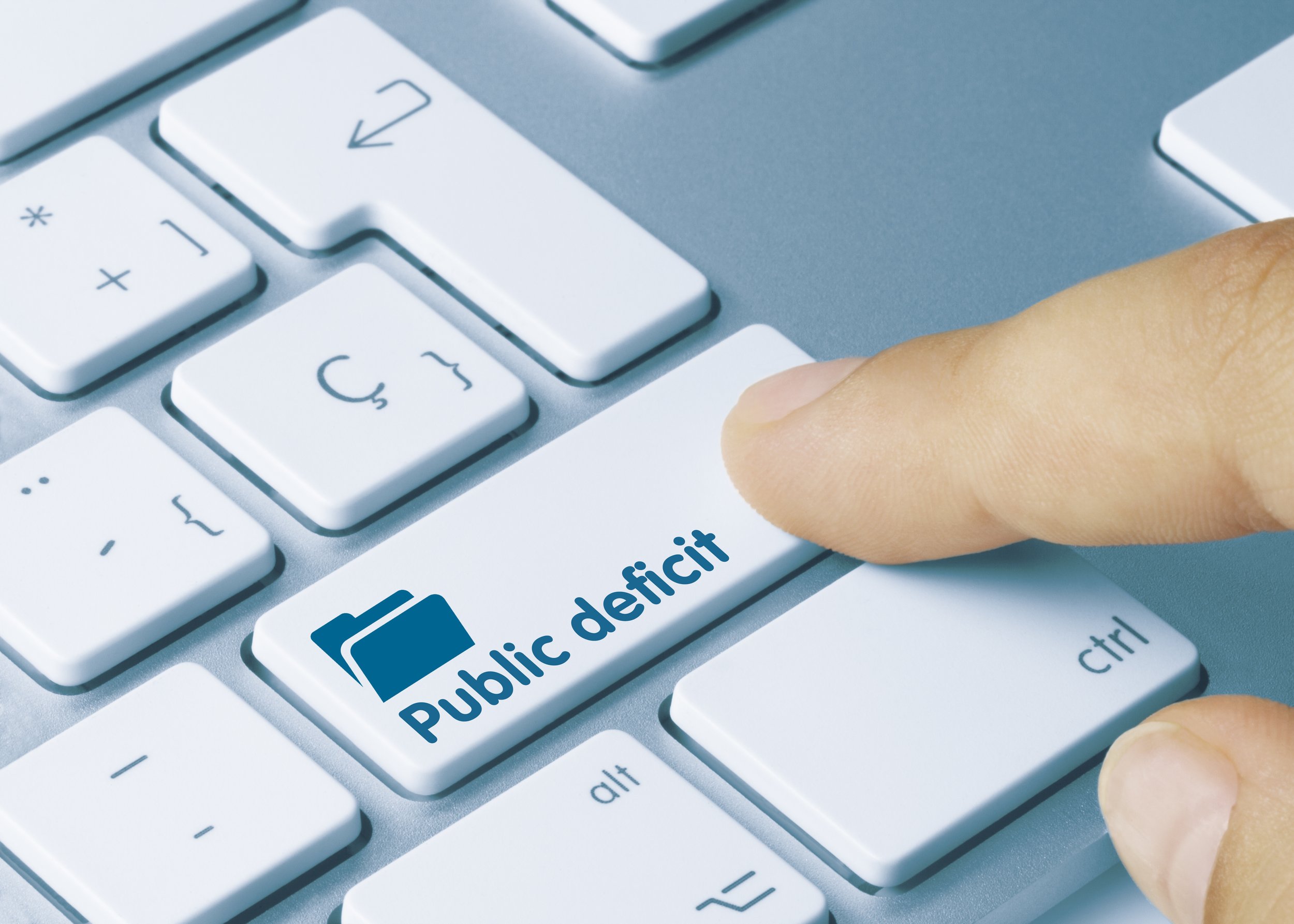Federal deficits and debt to GDP are currently at pre-World War II levels.
According to the Congressional Budget Office (CBO), the federal budget deficit will exceed $3 trillion in 2021. At 13.4 per cent of GDP, this would be the second-largest shortfall since 1945, only surpassed by the 14.9 per cent level recorded in 2020, when the deficit was $3.1 trillion.
It is worth noting that the federal government's fiscal year has concluded on September 30 every year since 1977. It ended on June 30 from 1842 to 1976, corresponding with the calendar year before 1842.
According to the CBO, deficits will diminish as pandemic-related spending declines over the next several years. However, the deficit would climb in most subsequent years, driven by higher interest rates and more lavish spending on entitlement programs, eventually reaching 5.5 per cent of GDP in 2031. Total government spending in 2020 was $6.6 trillion, with projections of $6.8 trillion in 2021 and $5.5 trillion in 2022.
The public's share of federal debt is presently 102.7 per cent of GDP, with the CBO projecting it to rise to 106.4 per cent by 2031. The previous peak was 106.1 per cent in 1946, just following World War II and during a time of massive military spending.
This ratio has been steadily increasing since hitting a low of 31.5 per cent in 2001.
Whether current levels of federal expenditure and debt are sustainable in the long term will be a significant concern for policymakers in the future.
Increases in Federal Spending in 2020 and 2021
The growing COVID-19 issue sent the United States into a deep recession in February 2020, with the jobless rate hitting 14.7 per cent by April 2020 and real (inflation-adjusted) GDP decreasing by 3.5 per cent year over year (YOY) in 2020. Meanwhile, the stock market in the United States entered a bear market in March 2020, and the S& P 500 Index did not recover to pre-pandemic highs until June 2020.
In 2020 and 2021, the United States enacted five significant stimulus and relief packages, plus one supplementary package, all of which were tied to COVID-19. As mentioned below, the government appropriated more than $5.6 trillion in total.
Furthermore, the Trump and Biden administrations have issued several executive orders to assist during the COVID-19 problem. Among these have been extended deadlines for paying federal taxes; student loan forbearance and forgiveness; the Lost Wages Assistance (LWA) program; temporary assistance to homeowners and renters; deferral of payroll taxes for individuals subject to income limits; and temporary halts on housing evictions.

